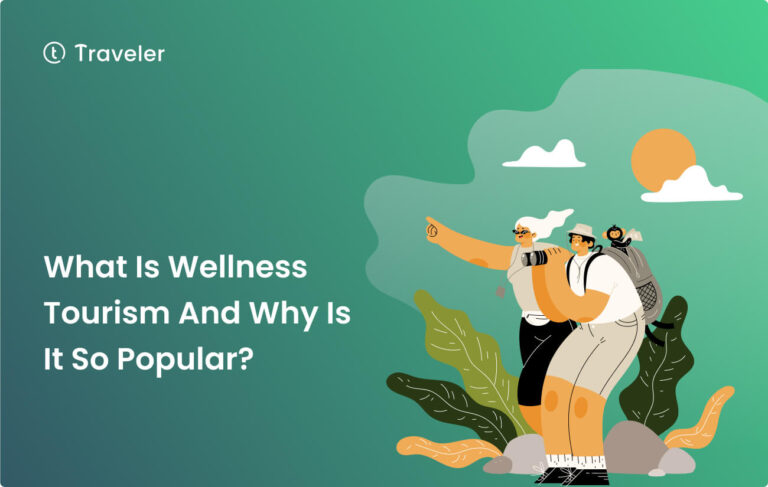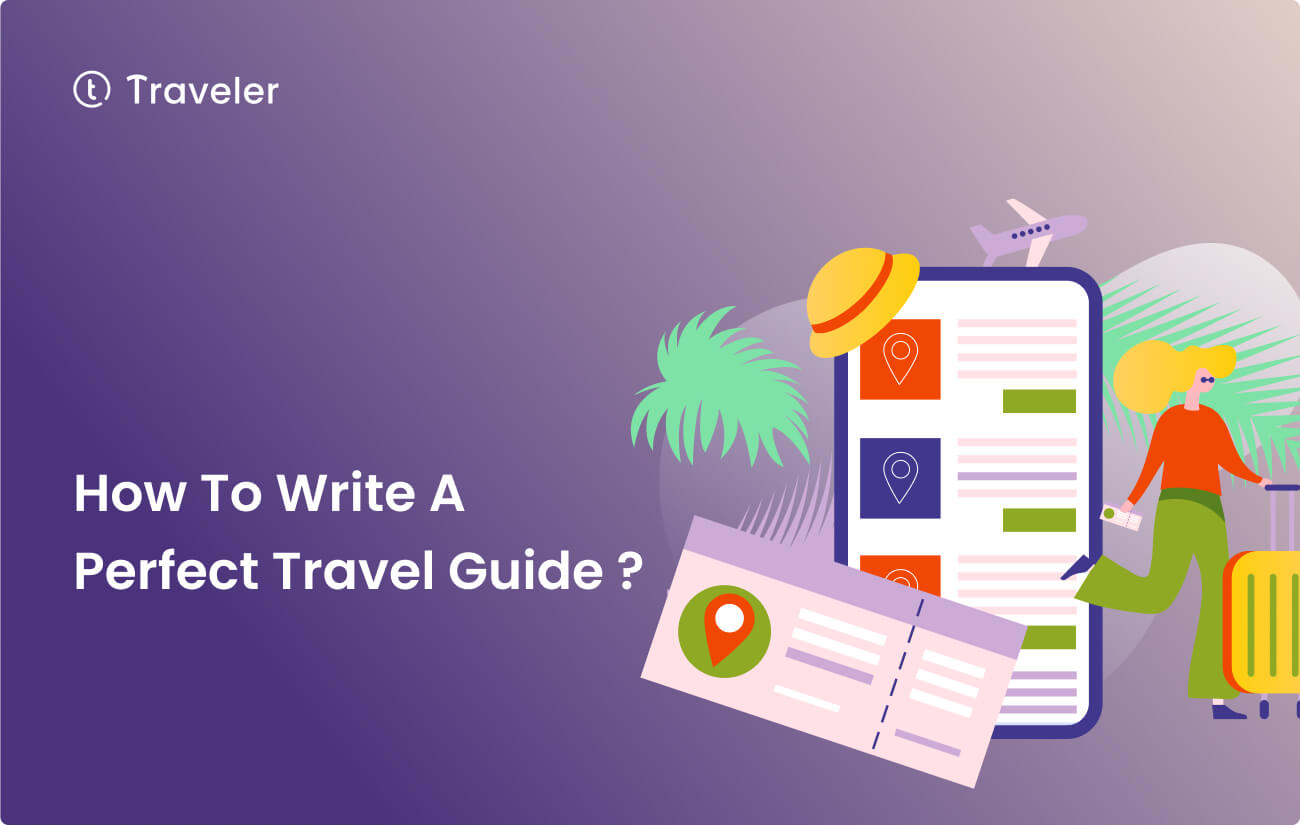
Table of Contents
Creating an ideal travel guide is significant as it can offer helpful insights to tourists and enable them to have a hassle-free and delightful journey. A guide that is well-crafted can aid travelers in organizing their schedules, maximizing their time, and steering clear of typical mishaps.
Also, it can offer insider tips and unique suggestions to improve one’s travel experience. Providing accurate and current information about local customs, cultural sensitivities, and environmental concerns can assist travelers in making informed decisions and avoiding any unpleasant surprises.
Welcome to this blog post, where we will delve into the vital components of a well-crafted travel guide and offer guidance on conducting research, structuring, and conveying information. So grab your notebook, and let’s get started!
Understanding Your Target Audience
To create a perfect travel guide, you should first remember to understand your target travelers’ insight clearly. When determining the demographics and preferences of the target travelers, several important factors must be considered. These may include:
Age
Gender
Income level
Current location
Occupation
Religion
Ethnicity
Family size
Marital status.
Luxury
Solo or group
Adventure
Relaxation
Backpacking
Business
Etc
Preferred activities
Preferred mode of transportation
Destinations
Special needs such as dietary restrictions or accessibility requirements.
Etc
To gather all this information, you can conduct market research to gather insights into their interests and needs through:
- Surveys and questionnaires
- Focus groups and interviews
- Asking open-ended questions and encouraging discussion
- Analyzing data from travel websites and social media
By blending these methods, you can create a comprehensive profile of your target travelers and tailor your guide to cater to their unique interests and desires.
Example: A travel blogger researching their audience’s preferred travel destinations and activities through surveys and social media engagement. They could post a poll on their Instagram story asking their followers to vote for their favorite travel location, ask their followers to share their travel experiences and recommendations in the comments section of their posts, etc.
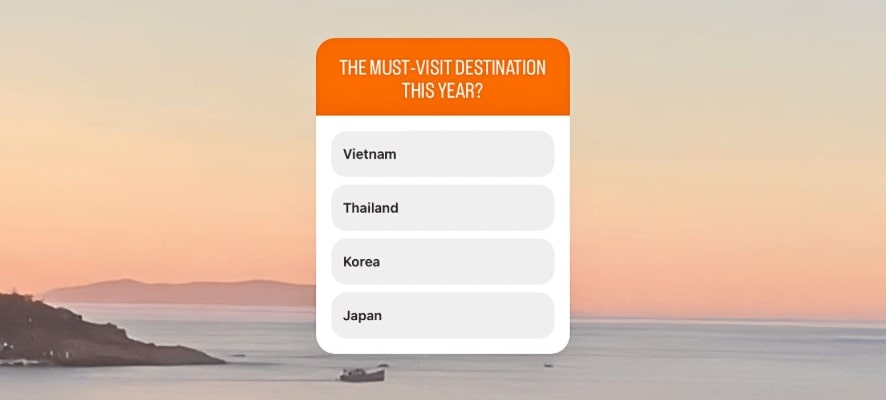
Choosing A Destination And Researching
You can create a list of potential locations and, when considering different ones, research each location’s attractions, accommodations, dining options, transportation, and safety.
Utilize various resources such as travel websites, guidebooks, personal anecdotes, social media, travel blogs, online forums, etc to gather the exact information.
Tips: Focus on highlighting specific details that would benefit the travelers. Rather than simply mentioning that a place has “good restaurants,” provide more valuable information, such as the names of highly-rated or locally recommended restaurants.
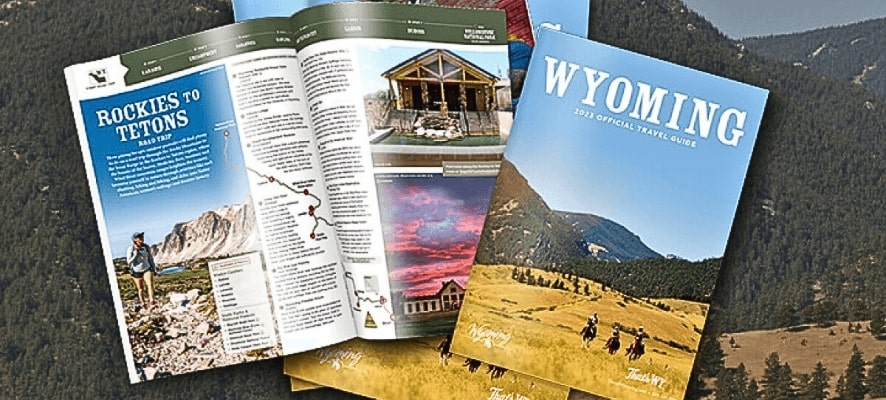
Example: A travel writer visiting a destination and exploring its various aspects (attractions, accommodations, dining options, and transportation systems) to gather first-hand information for the guide. During the stay, record experiences and engage with locals or fellow travelers to obtain insider tips and insights. This can involve seeking recommendations on places to visit and things to do and learning about the local customs and cultural norms.
Structuring the Travel Guide
This usually includes advice on introduction, getting there, attractions, accommodations, dining, activities, safety tips, and more. Covering these topics in detail is vital to ensure your guide is comprehensive and valuable.
- Comprehensive overview of the destination and its purpose.
- Be captivating and informative
- Encompass a brief history, geography, climate, distinctive characteristics, and tourist attractions.
- Contain practical information, such as the optimal time to visit, prevailing currency, and spoken language.
Detailed, up-to-date, and accurate information on how to reach the destination, including
- Information on flights, airlines that fly to the destination, and airport transfer options.
- Information on other transportation options such as trains, buses, car rentals, visa requirements, and border crossings.
Provide detailed information on the destination’s top sights and activities.
- Name historical landmarks, museums, natural wonders, cultural experiences, etc.
- Brief description, practical information such as opening hours and admission fees, and tips for visiting.
- Also contain photos and maps to help travelers plan their itinerary.
- List of hotels, hostels, vacation rentals, camping options, and more.
- Added information such as amenities and location and tips for booking.
- Organize the information by price range or location to make it easy for travelers’ budgets and preferences.
- List of restaurants, cafes, street food vendors, local specialties, and more.
- Information by cuisine or location, opening hours, prices, and tips for ordering.
Attach location, cost, and tips for participating
- Outdoor activities: hiking and biking
- Cultural experiences: cooking classes, dance performances
- Entertainment options: nightlife and shopping
Information on
- Local customs and cultural sensitivities
- Health concerns such as vaccinations and food safety
- Crime rates and safety concerns
- Emergency contact information
Example: A travel agency designing a travel guide with a user-friendly layout, including a table of contents for easy navigation. Consider organizing the information into clear and logical sections with headings and subheadings to make your guide easy to read and understand. Adding visual elements like photos, maps, and icons can help break up the text and make the guide more engaging for readers.
A table of contents can also be a useful feature for easy navigation. By following these steps, you can create a user-friendly guide that your audience will appreciate.
Writing Engaging and Informative Content
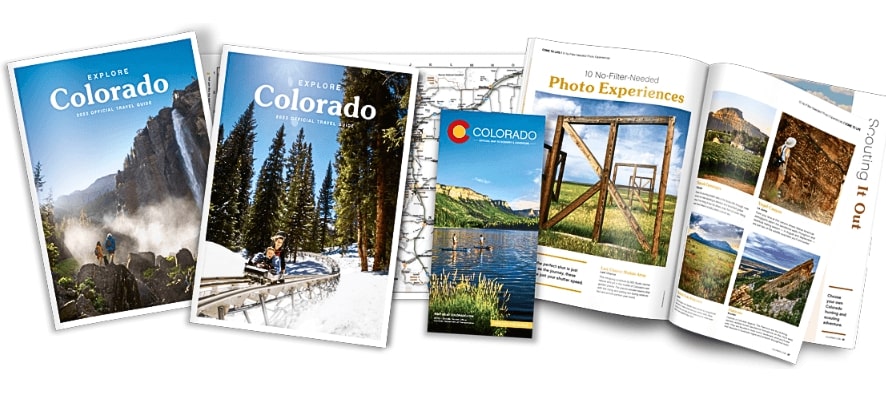
When creating a travel guide, aim to produce interesting and informative content that will assist your readers in planning a remarkable journey.
Using a captivating introduction to grab the reader's attention
Crafting an alluring opening to seize the reader’s interest is a crucial element when composing a flawless travel guide. An aptly written introduction has the potential to establish the mood and allure readers to peruse further.
- Be descriptive
- Provide an overview
- Be engaging
- Be concise
For instance:
“Welcome to our travel guide to the vibrant city of Tokyo, Japan! From its neon-lit skyscrapers to its tranquil temples, Tokyo is a city of contrasts that offers something for everyone. In this guide, we’ll take you on a journey through Shinjuku’s bustling streets, the Imperial Palace’s serene gardens, and the trendy boutiques of Harajuku. Whether you’re a foodie, a history buff, or an adventure seeker, Tokyo has something to offer. So pack your bags and get ready to explore one of the most exciting cities in the world!”
Providing accurate and detailed information
Here are some pointers on how to provide accurate and detailed information about attractions in your travel guide:
Research the history and significance of the attraction:
What is its cultural or historical significance?
Who built it, and why?
What is its role in the local community?
Describe the critical features:
Explaining their significance
What makes them unique?
Write practical information:
The attraction’s hours of operation
Admission fees
Accessibility information
Special events or activities that take place there
Incorporating personal experiences, anecdotes, and storytelling
One effective approach to make your travel guide more appealing and captivating for readers is by incorporating personal experiences, anecdotes, and storytelling. Adding these elements can help readers connect with the guide on a personal level.
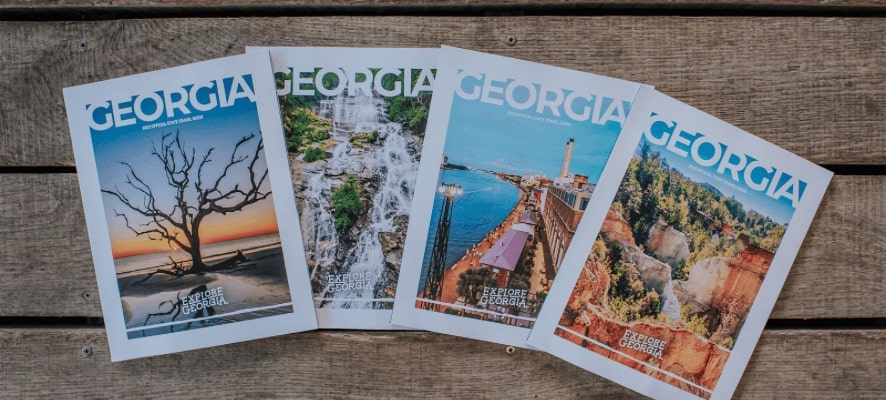
Including Practical Tips and Recommendations
Incorporating useful advice and suggestions into a travel guide can greatly assist travelers in organizing their journey, economizing their time & finances, and augmenting their overall travel encounter. Through the provision of exclusive recommendations, valuable knowledge, and insights, a proficiently composed travel guide can enable visitors to make informed choices, evade typical setbacks, and relish an unforgettable and authentic experience.
Offering practical advice
Some advice you should focus is transportation, local customs, currency, and communication
Transportation
Provide detailed information on the transportation options available in the destination, including
Public transportation, taxis, car rentals, and ride-sharing services.
Included information on routes, schedules, fares, and safety tips.
Currency
Provide information on the local currency of the destination, including
Exchange rates, ATM availability, and accepted forms of payment.
Tips on how to get the best exchange rates and avoid common scams
Communication
Provide information on communication options at the destination, including
Cell phone coverage
Internet access
Emergency contact numbers
Tips on how to stay connected while traveling and how to communicate effectively with locals
Recommending specific restaurants, cafes, and local dishes
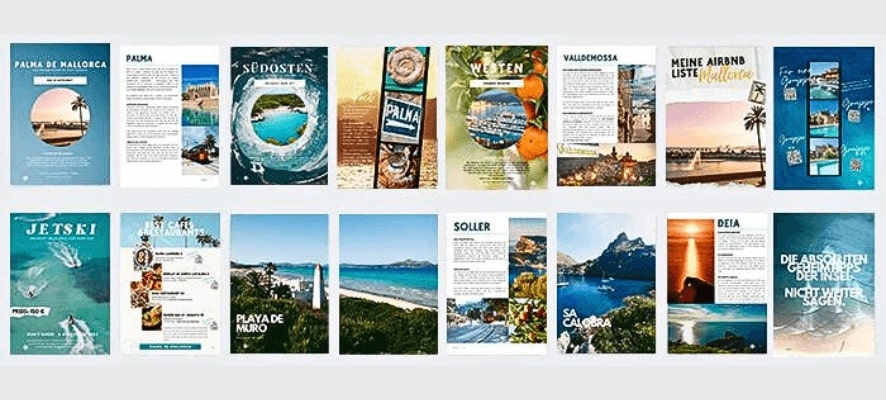
- Research the local cuisine
- Find the best places to eat: Use online reviews, local food blogs, and recommendations from locals to find the best places.
- Include a variety of options
- Highlight local dishes: This can include traditional dishes, regional specialties, and street food.
Incorporating high-quality photographs, maps, and illustrations
When writing a perfect travel guide, incorporating high-quality photographs, maps, and illustrations can greatly enhance the guide’s visual appeal for visitors. Here are some tips on how to do this:
- Use high-quality images
- Include a variety of visuals: This can include photographs of local landmarks and attractions, maps of the area, and illustrations of local customs or traditions.
- Use visuals to enhance the text
- Be mindful of layout
Formatting and Design
Proper formatting and design can enhance readability, improve visual appeal, make information easier to find, and reflect professionalism. By focus on these elements, you can create a travel guide that is easy to read, visually appealing, and user-friendly, helping to establish trust with the reader and make them more likely to follow the recommendations in the guide.
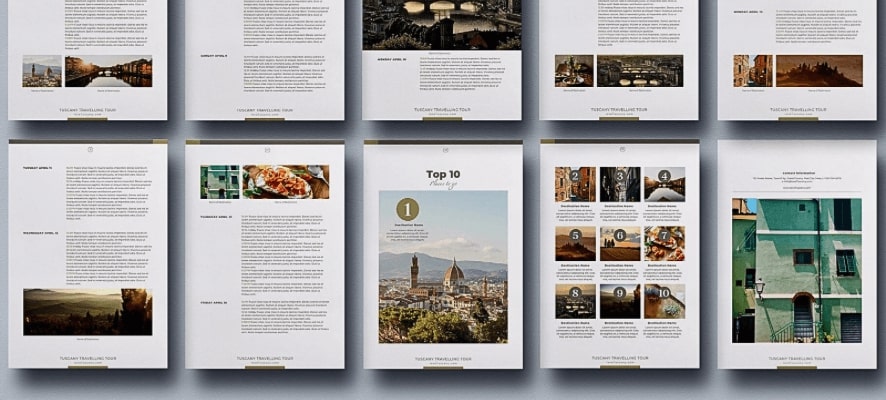
Using clear headings, subheadings, and bullet points for easy readability
Using headings, subheadings, and bullet points can greatly improve the visual appeal of a travel guide. These elements help to make the guide look organized and professional, grabbing the reader’s attention. To effectively use these elements, choose clear and descriptive headings, use consistent formatting, effectively use white space, and incorporate design elements such as color and images.
Choosing an attractive layout and font style
- Using columns, boxes, or other design elements to organize information logically
- Selecting a font size that is large enough to be easily legible, clear, and uncluttered.
- Using color to highlight important information or use graphics or images to enhance the visual appeal of the guide.
Transform your Travel Website with stunning formatting and design! Experience the magic of our WordPress travel beautiful layout by TravelerWP. Elevate your website’s aesthetics and captivate your audience like never before. Explore the Possibilities Today!
Proofreading and Editing
Improving the accuracy of the information, enhancing readability, boosting credibility, and reflecting professionalism are all achieved through proofreading and editing. When you meticulously proofread and edit your travel guide, you can produce a trustworthy, professional, and accurate guide that is more likely to be followed by readers and recommended to others.
Check for grammar, spelling, and factual accuracy
When creating a travel guide, it’s crucial to edit it for clarity, coherence, and flow. To achieve this, use plain language and avoid technical terms to keep the text simple and accessible. Group similar information together using headings and formatting for better organization.
Make sure there are smooth transitions between sections by using transitional words and phrases. Lastly, eliminate any unnecessary information to keep the guide concise and to the point.
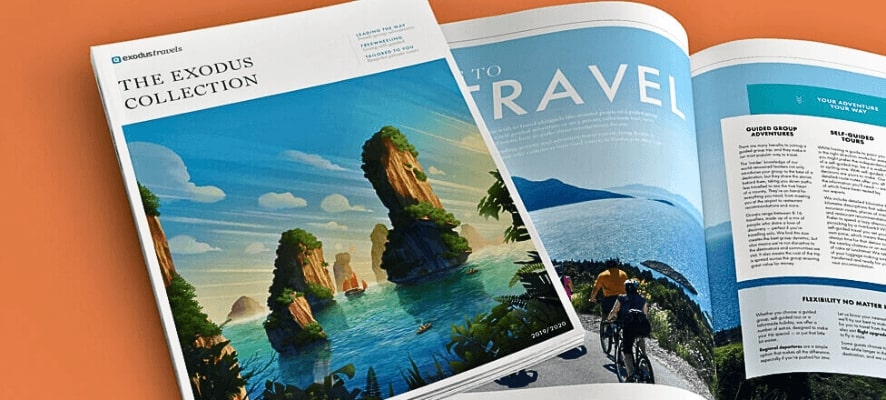
Conclusion
When crafting a travel guide, it is imperative to consider your intended audience, conduct thorough research on your chosen destination, and present your content in a clear and logical manner. Incorporating personal anecdotes and storytelling can add an element of relatability and engagement to your guide, while also providing accurate and comprehensive information on local attractions and insider tips that can enhance the travel experience.
Furthermore, including visual aids such as photographs and maps can help readers visualize the destination and better plan their itinerary. By following these guidelines, you can create a high-quality travel guide that will assist travelers in having an unforgettable and fulfilling journey.


